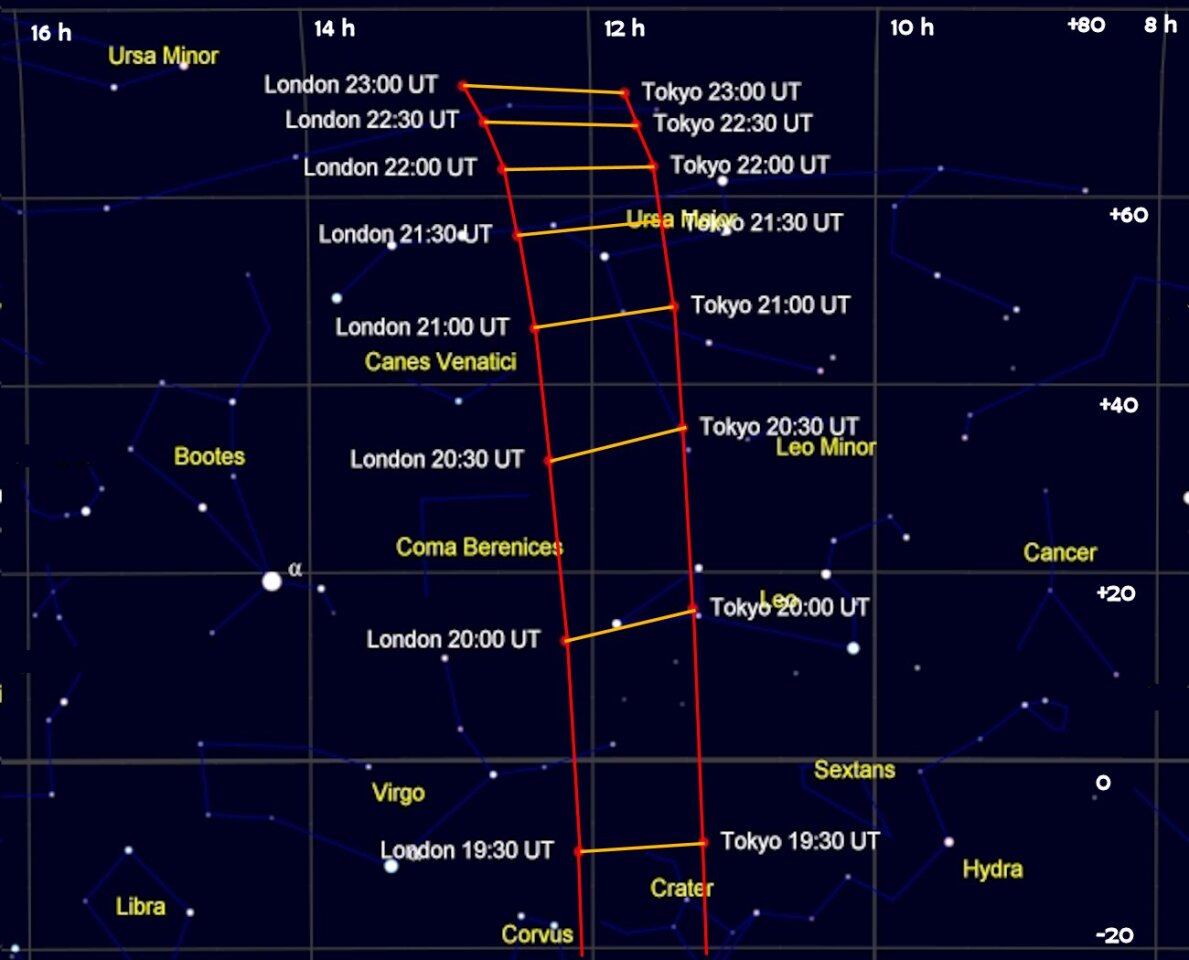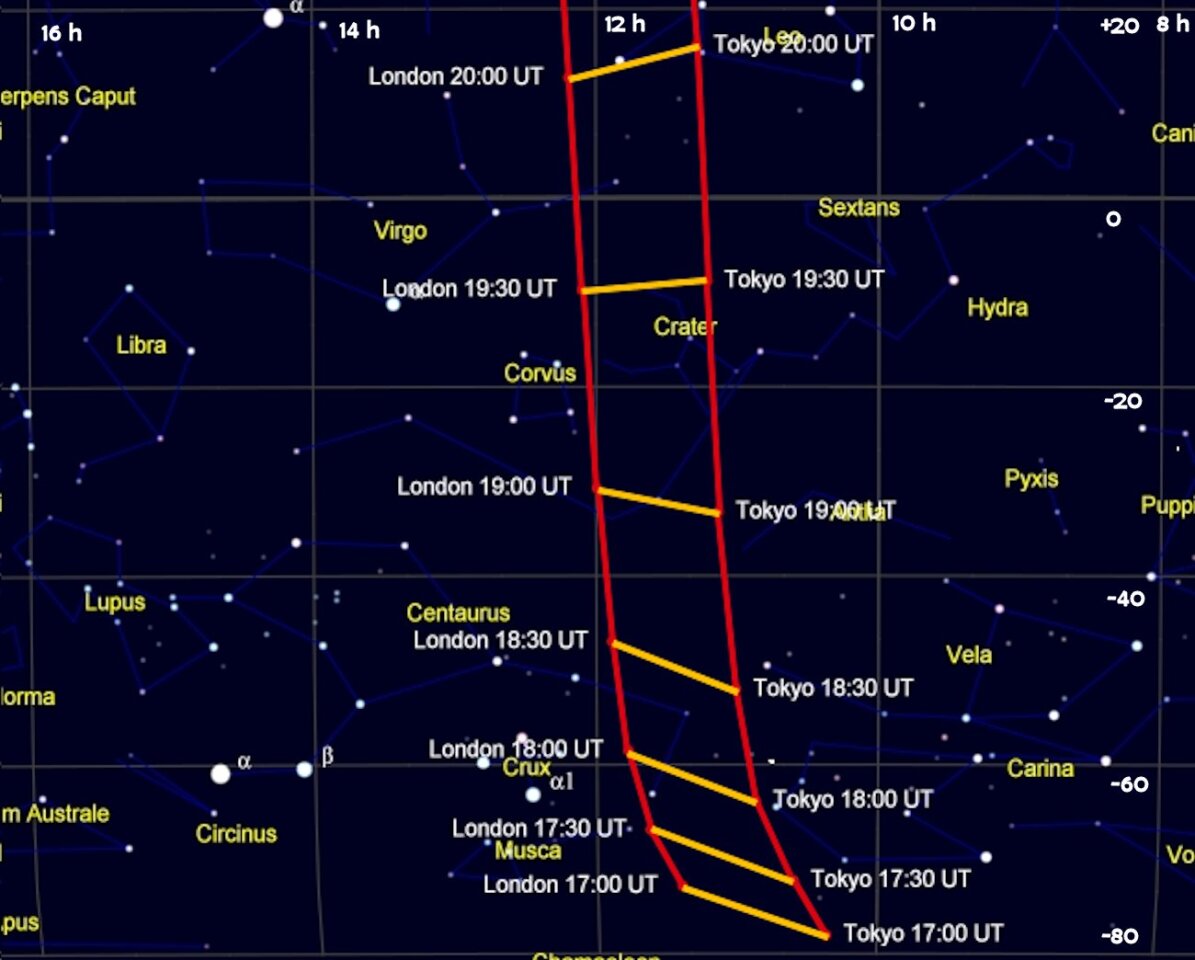Asteroid 2012 DA14 is about 40 meters (131 ft) in size, has a mass of 130,000 tons, is traveling relative to the Earth at a speed of some 6.3 km/s (14,100 mph) ... and will miss us by less than 32,000 km (20,000 miles) on February 15. If it did hit the Earth, the result would be a huge explosion yielding about 2.5 megatons, but Asteroid 2012 DA14 will not hit our planet in 2013, and probably never will. Despite the lack of a sensational scenario, this close call still warrants our attention – it will allow astronomers to learn a good deal about asteroids, and represents one of the few chances for ordinary folks to see a asteroid pass really close to Earth.
2012 DA14 was discovered on February 22, 2012 by LaSagra Observatory in the mountains of Andalusia in southern Spain. The find was made about seven days after the asteroid passed within about 2.6 million kilometers (1.6 million miles) of Earth on its slightly elliptical 366 day orbit around the Sun. This elliptical orbit is slightly tilted relative to that of the Earth, so that it passes near Earth twice each year.

On February 15 this year, 2012 DA14 will make another – extremely close – pass by the Earth. The latest calculations show that the distance of closest approach will be about 34,100 km (21,200 miles) from the center of the Earth, or about 27,700 km (17,200 miles) from the Earth's surface. This is well below our encircling ring of geosynchronous satellites, which orbit at a distance of 42,160 km (26,200 miles) from the Earth's center.
Observing 2012 DA14
The asteroid will pass rapidly from the southwest to the northeast, being seen in dark skies through most of Europe, Asia, Africa, and Australia. For these locations, 2012 DA14 will appear brightest (magnitude 7) at about 19:50 UT, and should be visible in good binoculars along much of its path. It will move quickly through the sky – at closest approach the asteroid will appear to move about the Moon's diameter each minute.I have prepared finder charts for 2012 DA14 based on the NASA/JPL HORIZONS ephemeris as a guide to finding the asteroid.
It is close enough to Earth that its position in the sky depends on your location, owing to the effects of parallax. To accommodate for this I have charted 2012 DA14's path as seen from Tokyo, Japan, and from London, England.


The yellow lines connecting the London and Tokyo paths show approximately where to find the asteroid from intermediate longitudes. Unfortunately, by the time night rolls around in the Americas, 2012 DA14 will be very far north, and rapidly diminishing in brightness.
More than 500 major observatories and radio telescopes have observing programs designed for this unusually close pass. Why not join them and become one of the few people ever to see an Earth-grazing asteroid?
Source: NASA/JPL-Caltech








